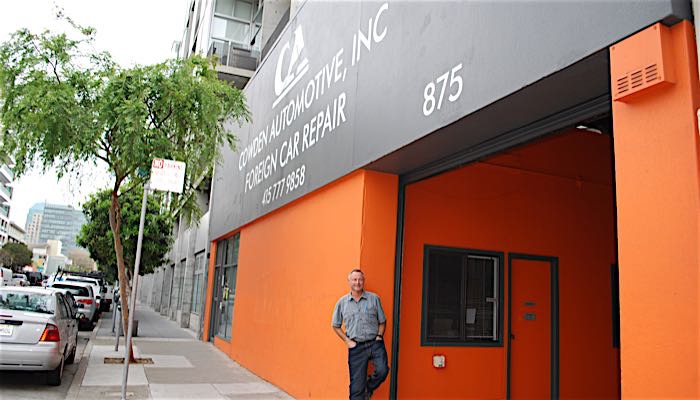By Joyce Gioia-Herman
Back in 2004, we wrote a Herman Trend Alert called "The Future of Gaming." The future is here today.
According to a recent study from Pew Research, 97 percent of teens and more than half of all adults play video games. Moreover, Gallup’s recent research suggests that more than 70 percent of employees are “somewhat disengaged” — or worse. As more Gen Y and Millennials enter the workforce, using gaming, social networking tools and advanced communication techniques are more effective for engaging employees. These 21st Century inventions provide opportunities to leverage tech-savvy talent that might otherwise go untapped or under-utilized.
Leading-edge organizations will choose to leverage the appeal of game play, game theory and competition to attract discretionary effort (higher levels of employee engagement) from their people and increase productivity. Productivity games do not necessarily require a multi-million dollar investment in high-resolution graphics; they may be simple, require a limited investment yet still produce excellent results, especially compared with traditional business process improvement initiatives, like Six Sigma.
Microsoft used a productivity game called "Communicate Hope" to help encourage pre-release usage and product feedback for their program "Office Communicator." Microsoft wanted to combine the need for broad participation for test coverage with the desire and interest in playing games, and build “productivity games" that were designed to attract work-related effort — in the context of game play. Work on productivity games began in 2006 when the Microsoft Windows Defect Prevention team — part of a team to help assure the quality of Microsoft Windows — wanted to improve productivity.
The team explored alternative ways to leverage the thousands of Windows employees to "crowd-source" test coverage. The team decided to experiment with simple word games and reward "players" (actually Microsoft employees volunteering to do the work) with virtual letters. The results were amazing, with an almost immediate 400 percent increase in participation.
Since then, the Windows Language Quality Game has attracted more than 4,000 players from Microsoft, and more than a half a million tasks were completed. Microsoft’s success is incontrovertible. Many others will jump on this bandwagon capitalizing on the preferences of the younger generations. Using games and play to make boring work more enjoyable brings benefits far beyond traditional business metrics. We know that collaborative play builds trust, and trust and transparency increase effectiveness.
For more about this topic, read "Total Engagement: Using Games and Virtual Worlds to Change the Way People Work and Businesses Compete" by Reeves and Read (Harvard University Press 2010).
Herman Trend Alerts are written by Joyce Gioia, a strategic business futurist, Certified Management Consultant, author, and professional speaker. Archived editions are posted at http://www.hermangroup.com/archive.html.

